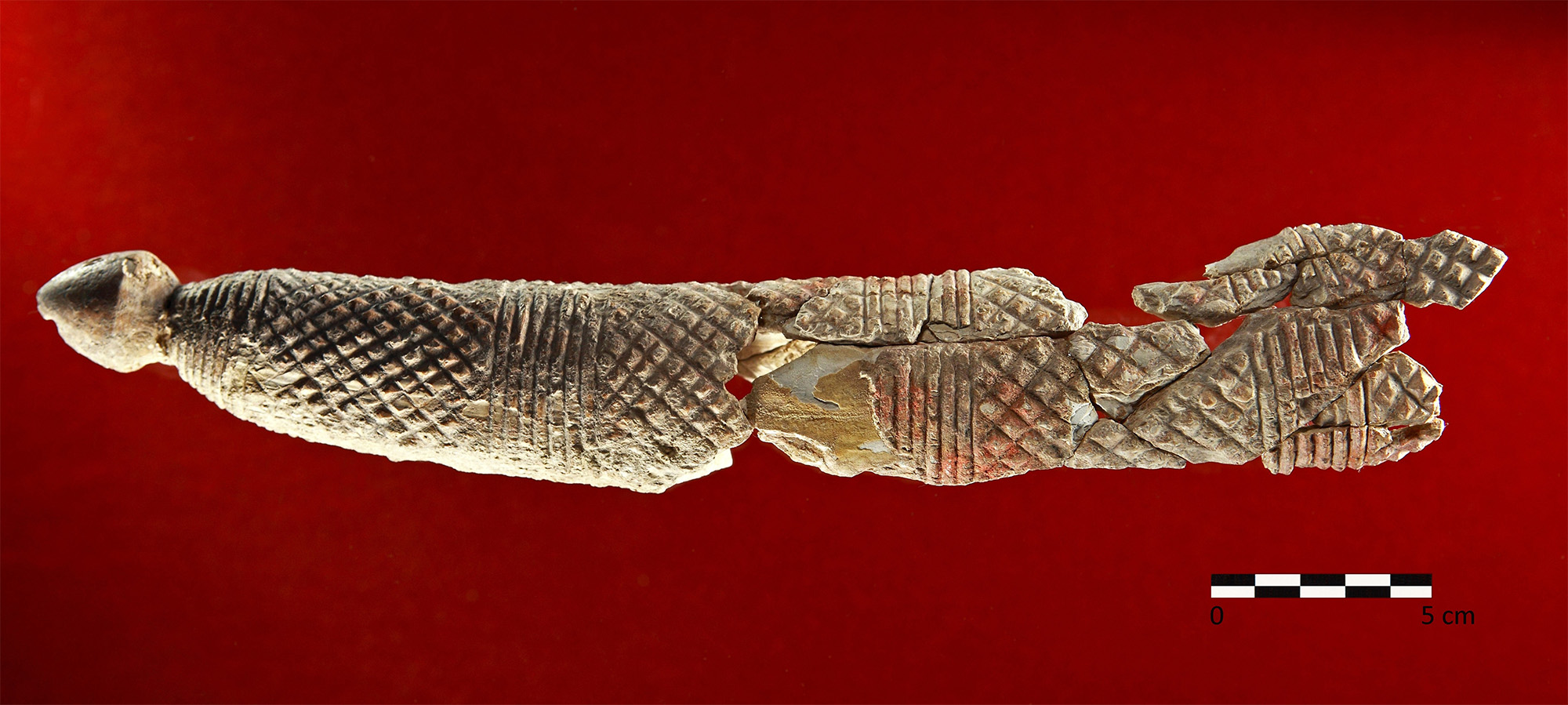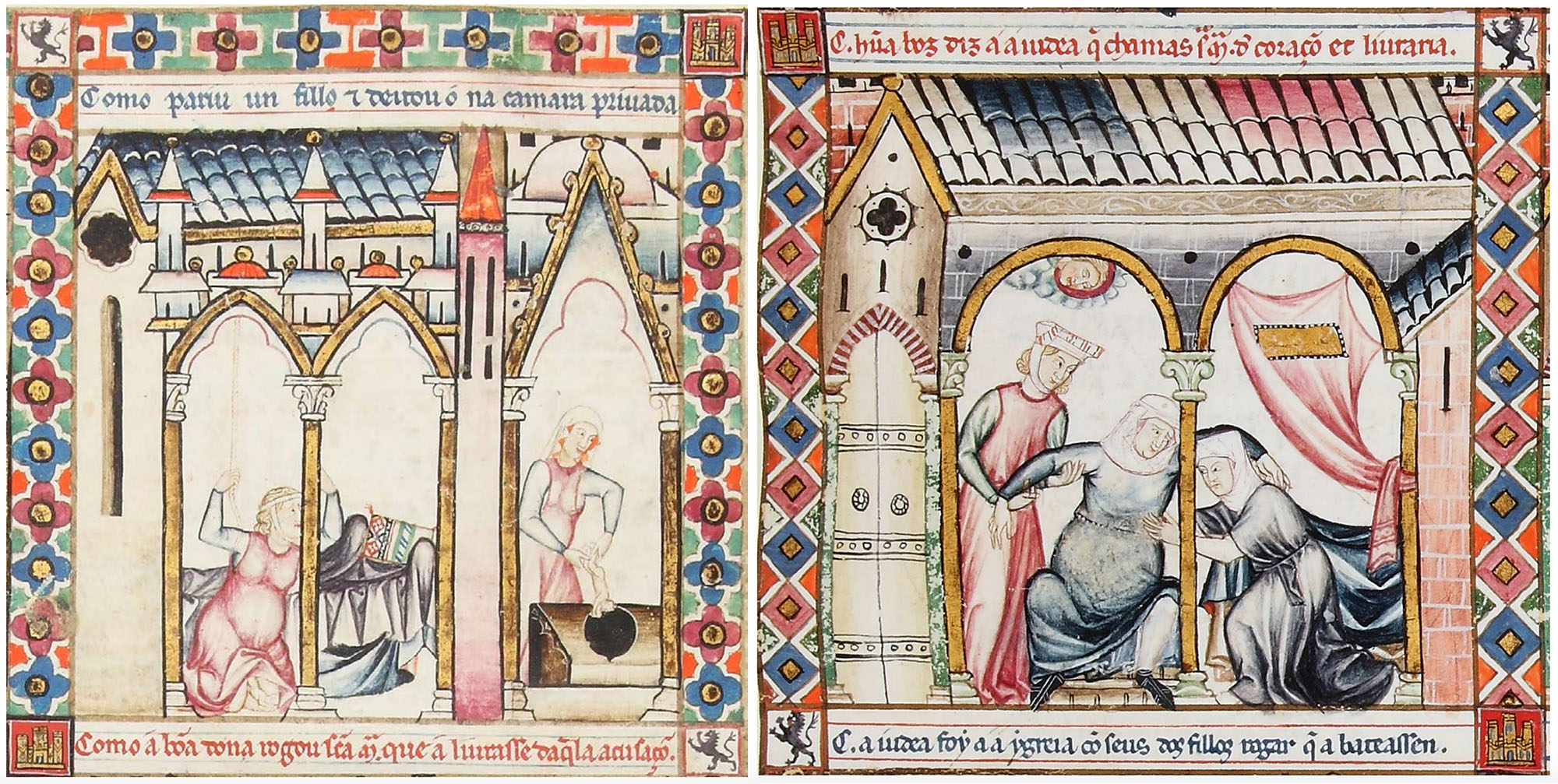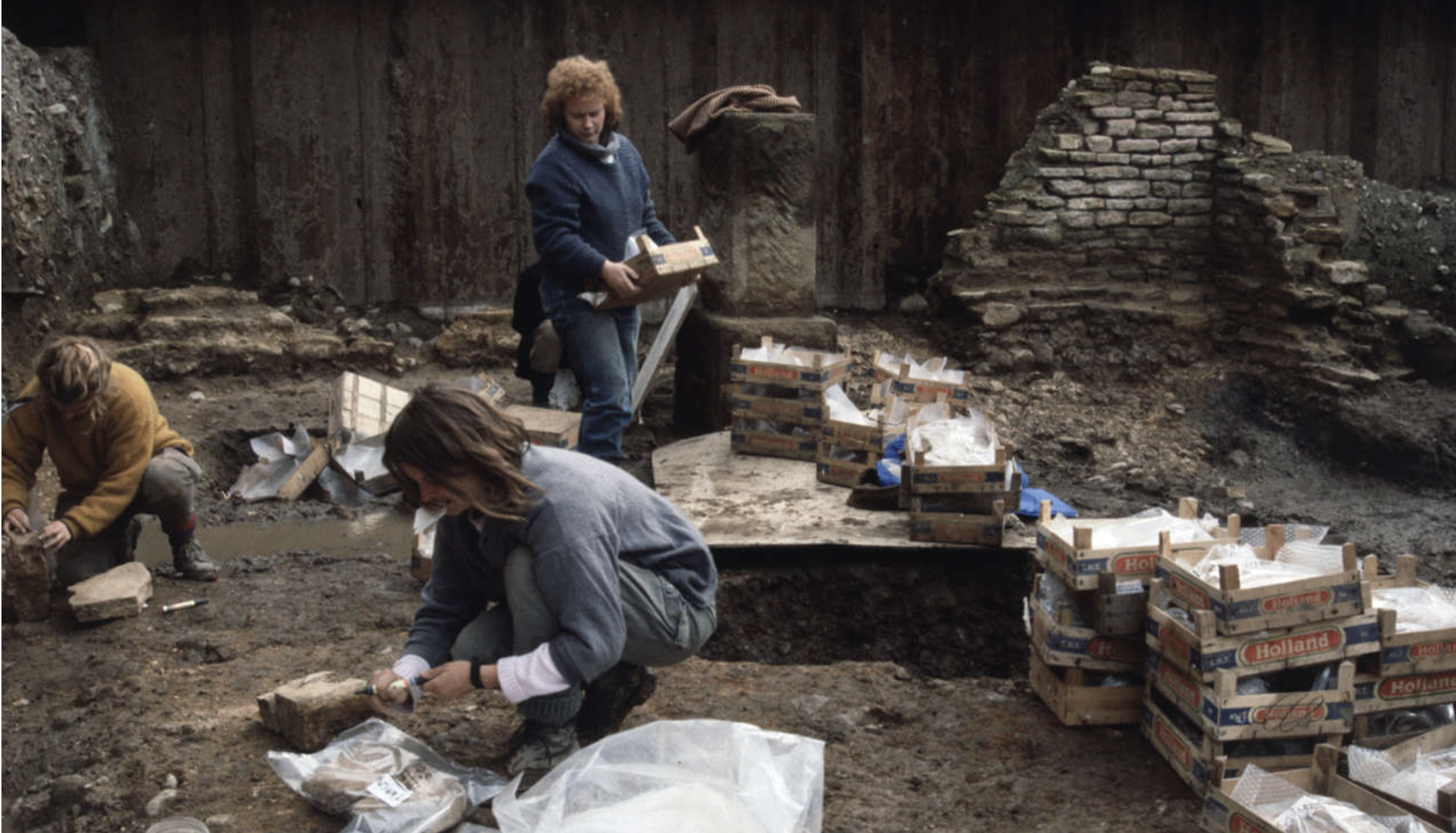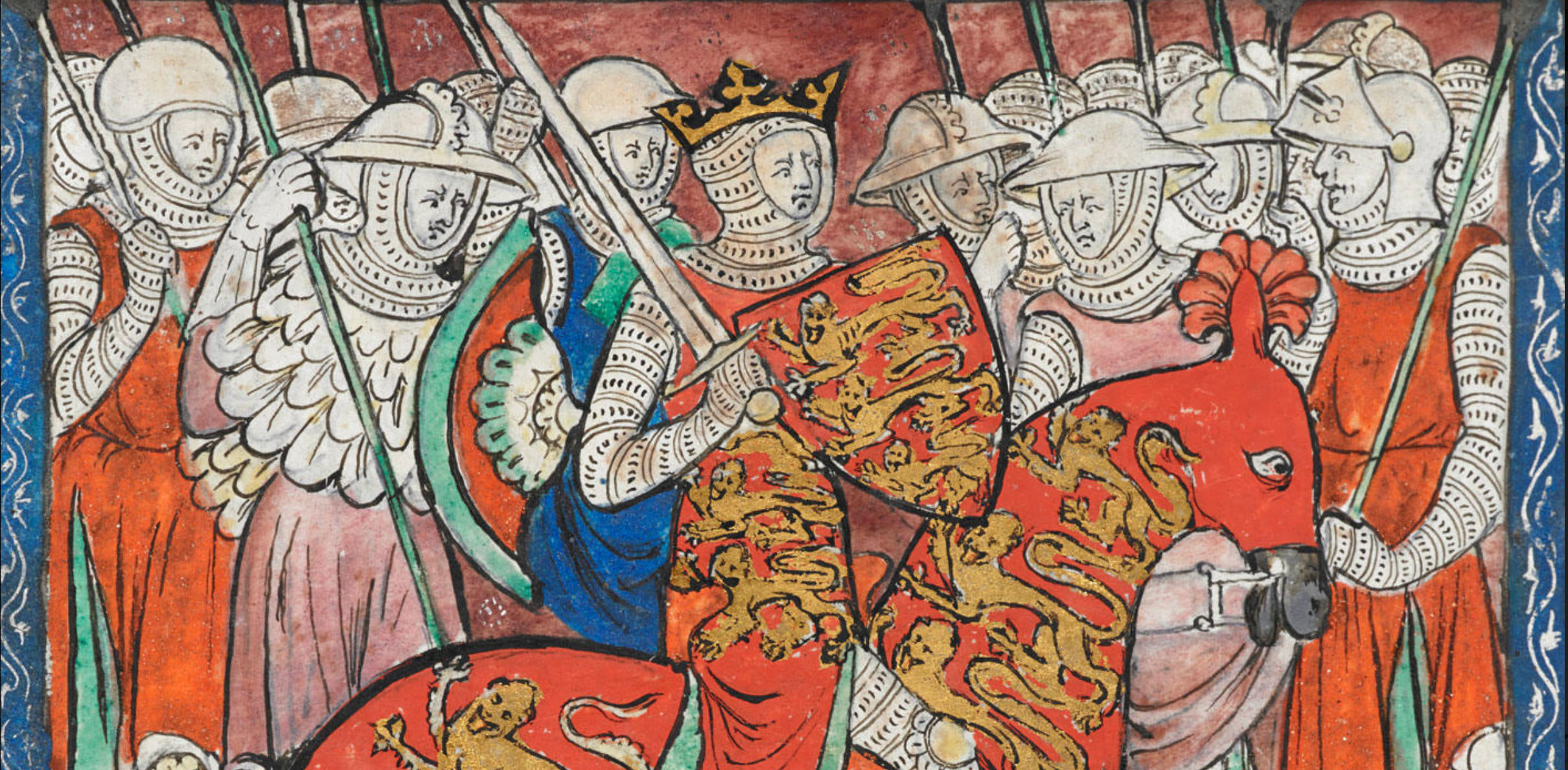Head of the Copper Age and Present Prejudices
- The south of the Iberian Peninsula 4,900 years ago. A prominent member of the community was buried surrounded by luxury objects and in a tomb built exclusively for him. The remains of the deceased were found in the Sevillian field of Valencina in 2008 and, after the first studies, concluded that they were the remains of a man between 17 and 25 years of age.

They soon realized that the individual was a prominent member of the community, as he was buried only in a chamber and in the Copper Age they buried the dead in a group. They also observed that for 200 years the area was a space of burial and worship, but that in 35 meters around the grave no one had been buried. So they believe that for at least 8-10 generations the community kept their memory.
The new scientific technique “represents a great leap in our knowledge of prehistoric societies, especially with regard to women and children, which we have traditionally and unfairly placed in the background”
There was no doubt that he was a high-status person. In addition, few tombs of children of the Copper Age have been found and no special objects have been found in them. This means that at that time the status did not come from the blood and that the person smoked in Valencina did it on his own. The valuable and curious objects found in the tomb also indicate their importance: the teeth of the African and Asian elephants, the amber that came from Sicily, the high-quality volcano, the ostrich egg shells, the rock crystal leaf and a dagger with ivory mango…
Researchers from the University of Seville, in collaboration with experts from Vienna (Austria), have recently conducted a more rigorous study of the traces of the leader of the Copper Age, with innovative techniques. In particular, dental enamel proteins of the deceased have been studied sexually dimorphic and the surprising result has been published in the journal Scientific Reports: The special person buried in Valencina was a woman. And they call her Lady of Mariz.
In the words of Marta Ribbons Peña, one of the authors of the research, the new scientific technique “represents a great leap in our knowledge of prehistoric societies, especially in the case of women and children, who have traditionally and unjustly placed themselves in the background”. The discovery has highlighted the need to rethink the role of women in the past and the prejudices that researchers have today.
Toledo, 1272-1280. Alfontso X.a Gaztelakoak Ama Birjinari eskainitako 427 kanta monodiko bildu zituen. Santa Mariaren Kantigek Erdi Aroko musika eta literatura bildumarik garrantzitsuenetakoa osatzen dute, baina, kantiga miniaturaz apainduta daudenez, ilustrazio horiek beste... [+]
Teofanes Aitorlea kronikalariak jaso zuenez, 763-764ko negua inoizko hotzenetakoa izan zen Konstantinoplan. Elurrak eta izotza hartu omen zuten bizantziar hiriburua eta Bosforon iceberg bat ere ikusi omen zuten.
Orain arte klima hoztea, besteak beste, jarduera... [+]
York, England, 2nd century. Various structures and houses were built in the Roman city of Eboracum. Among others, they built a stone building in the present Wellington Row and placed an arch in the wall that crossed the Queen’s Hotel. Both deposits were excavated in the second... [+]
It has been considered that the wine drank by the ancient Romans was a poorly made wine, without body and with an unpleasant taste. But the work that researchers at the universities of Ghent and Warsaw have published in Antiquity has provoked the withdrawal of this belief.
The... [+]
Hastings (England), 1066. The army of the Duke of Normandy I of Gil conquered the troops of King Harold II and conquered the throne. Gil's conqueror I was king until 1087.
In this reign after the Norman conquest, the rebellion organized uprising, effective administration and the... [+]













